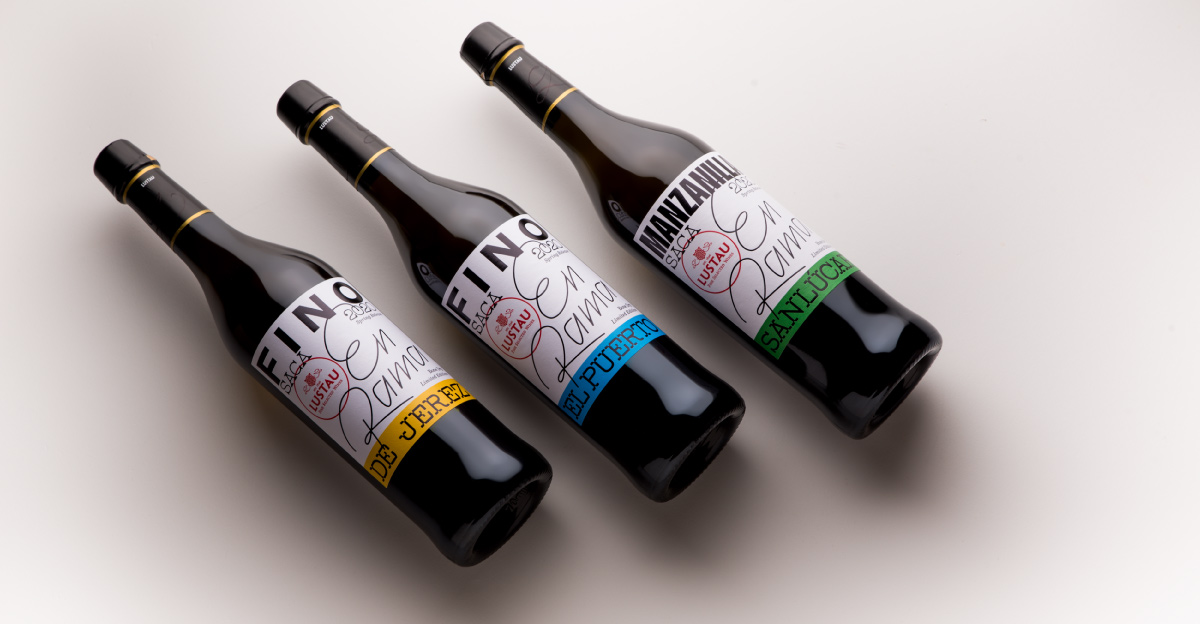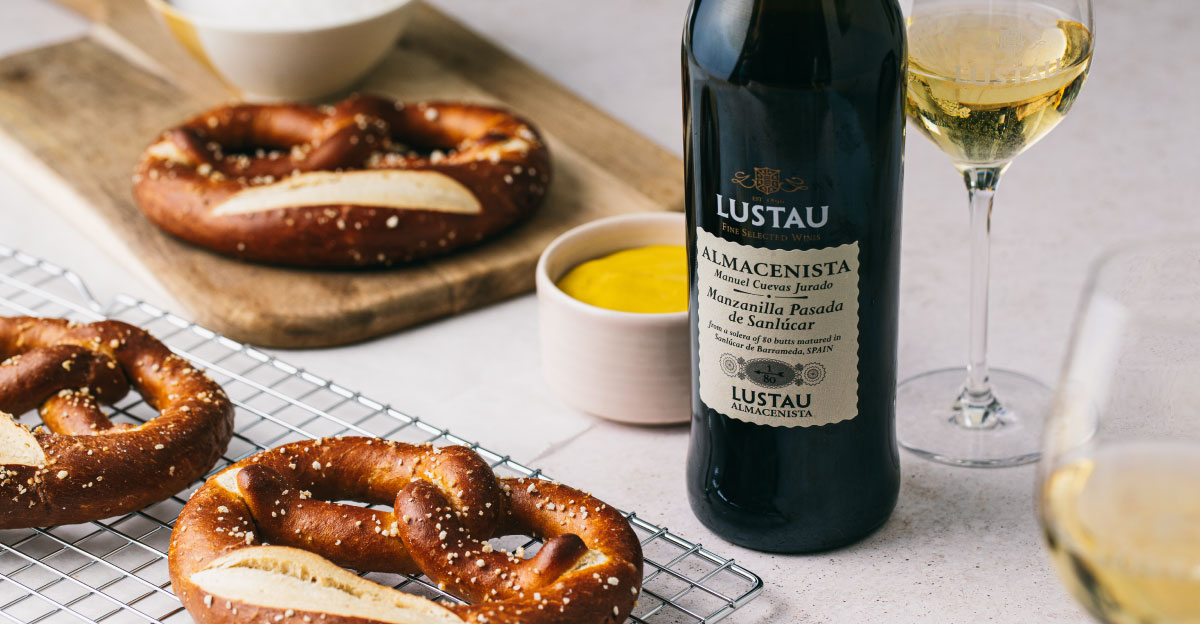Rooted deeply in the culinary traditions of the United States, November is a significant month, ushering in a feast of nourishment and an abundance of ingredients. In the past few days, in countless households, stove burners have flickered persistently, fostering the timeless gathering of families in dining rooms and living spaces. Much-anticipated bottles of wine and liqueurs have been uncorked with unbridled enthusiasm, and the aftermath has seen kitchen fridges besieged by the remnants of hearty meals. It is a month characterized by opulence, a celebration of plenitude that, let’s admit it, might occasionally tip into indulgence.
Thanksgiving, in particular, epitomizes this season of food and beverage deluge, synonymous with lavish feasts where individuals may find themselves consuming more calories and nutrients than on an average day (or week). While the holiday is a time for gratitude and enjoyment, it is crucial to navigate this period with mindful consideration of potential nutritional excess. Here are key factors to contemplate:

1. Caloric Intake:
◦ Large Portions: Thanksgiving spreads often boast generous servings of calorie-rich dishes, including butter-laden mashed potatoes, stuffing, gravy, and desserts.
◦ Snacking: Continuous grazing on appetizers and desserts throughout the day can contribute to escalated calorie consumption.
2. Fats and Saturated Fats:
◦ Buttery Dishes: Traditional recipes frequently feature substantial amounts of butter and fats, resulting in elevated saturated fat intake.
◦ Fried or Creamy Side Dishes: Culinary delights like green bean casserole or fried appetizers may contain high levels of fats.
3. Carbohydrates and Sugars:
◦ Starchy Sides: Mashed potatoes, sweet potato casseroles, and dinner rolls can lead to an increased intake of carbohydrates.
◦ Sweet Desserts: Pies, cakes, and desserts contribute to heightened sugar ingestion.
4. Sodium:
◦ Processed Ingredients: Some traditional and store-bought items may harbor elevated levels of sodium, adding to overall intake.
5. Protein:
◦ Turkey: While a commendable source of lean protein, excessive consumption, especially when fried or laden with high-calorie gravy, can contribute to overall caloric consumption.
6. Alcohol Consumption:
◦ Calories from Drinks: Excessive consumption of alcoholic beverages can significantly augment overall calorie intake.
To transition from this season of copiousness to a more sustainable, balanced, and health-conscious mode of nutrition, consider the following solutions:
REDUCETARIANISM
An evolving dietary and lifestyle movement, reducetarianism, founded by Brian Kateman, advocates for a gradual reduction in animal product consumption. Emphasizing health, environmental sustainability, and ethical considerations. The term “reducetarian” is a combination of “reduce” and “vegetarian.” Reducetarianism offers:
• Gradual Reduction: A flexible approach to diminishing meat consumption incrementally, allowing for personalization. Rather than advocating for an all-or-nothing approach like vegetarianism or veganism, reducetarians focus on making incremental changes to their diet.
• Health Benefits: Highlighting potential health advantages associated with reduced meat intake. Studies have suggested that lower consumption of red and processed meats may be linked to a reduced risk of certain health issues, such as heart disease, certain cancers, and type 2 diabetes.
• Environmental Impact: Addressing concerns related to the environmental impact of animal agriculture. Livestock farming is a significant contributor to greenhouse gas emissions, deforestation, and water pollution.
• Ethical Considerations: Balancing meat reduction without fully embracing vegetarianism or veganism to minimize contributions to animal suffering. Many reducetarians are motivated by ethical concerns related to animal welfare.
• Flexibility: Accommodating diverse dietary preferences and cultural considerations. Individuals can tailor their reducetarian approach to suit their personal values, health needs, and lifestyle.
• Inclusivity: Embracing individuals with varying levels of commitment to meat reduction. This inclusivity is designed to make the movement accessible to a broad range of people, regardless of their current dietary habits.
• Community and Resources: Access to resources, recipes, and support for those interested in reducing meat intake. Cookbooks, online communities, and social media play a role in connecting reducetarians and sharing information.

LESS IS MORE PHILOSOPHY:
The definition of minimalism reveals an aesthetic principle but over time the word has evolved to mean a lot of different things to a lot of different people, largely because of the elasticity of the concept and the ability to apply it to lifestyle, art, fashion, architecture, literature, music, and home décor, among others. People may choose to follow the minimalism movement for a variety of reasons, as it can offer a range of personal, psychological, and general benefits.
Based on the belief that focusing on essentials while eliminating non-essential elements leads to greater satisfaction and a more meaningful existence, the “Less is More” philosophy encourages a thoughtful, intentional approach:
• Holistic Minimalism: Applicable to various aspects of life beyond physical space decluttering.
• Quality Over Quantity: Emphasis on mindful decision-making, quality possessions, and intentional living.
For instance, consider the extent to which your wardrobe sees regular use throughout the year. If you find that only a small percentage of your apparel gets regular rotation, it might be worthwhile to delve into the concept of “Capsule Wardrobes.” This trend reflects a conscious shift in the fashion industry towards cultivating a curated collection of versatile, high-quality clothing items. This philosophy harmonizes seamlessly with the minimalist ethos, advocating for the possession of fewer, yet meticulously chosen articles. The objective is to create a collection where each piece serves a purpose and can effortlessly mix and match with others, promoting a sense of cohesion and versatility.
In essence, these strategies offer avenues for achieving a tasteful, sensible life, and are consistent with the principles of gradual reduction, intentional living, and the philosophy that less can indeed be more.
SHERRY
As stated numerous times on this blog before, a unique perspective brings sherry wines into the equation as a tool for optimizing alcohol enjoyment. Taking a few of the aspects of the various movements described above, we can run some parallels:
• Gradual Reduction: Downsizing pours (remember that a little sherry goes a long way) and incorporating sherry into cocktails, substituting one or more of the hard-liquor components, to reduce overall alcohol intake.

• Flexibility: A diverse range of sherry styles catering to various occasions. There is virtually no situation when any of these wines are not a good fit.

• Community and Resources: Support from the ‘Low ABV’ approach with a plethora of ideas from prominent industry members. Lustau alone keeps an impressive archive of memorable one-glass pairing suggestions and suitable sherry cocktails that will blow your mind, just reach out to us!

• Quality Over Quantity: This has been one of our favorite mottos for quite a long time. Lustau’s winemaking processes and superb quality perfectly align with a less-is-more approach.

Additionally, the “Less is More” philosophy extends to architecture, advocating for simplified design, clean lines, functionality, and reduction of non-essential elements. The core idea is to strip away unnecessary ornamentation and details, focusing on the essential elements that contribute to the functionality and aesthetics of a building. Minimalist architecture prioritizes:
• Geometric Shapes: Clean lines and simple shapes dominate. Rectangles, squares, and straight lines are common.
• Limited Materials: Emphasis on a select palette of natural materials, with a focus on natural elements like wood, glass, and concrete.
• Open Floor Plans: Encouraging an uncluttered and visually open environment. Architects pay careful attention to the interplay of light and shadow.
• Functionality: Every element serves a purpose, with a focus on usability. The design prioritizes functionality and usability over unnecessary embellishments.
• Sustainability: Aligning with principles of energy efficiency and eco-friendly materials.
This philosophy finds resonance in the architecture of sherry bodegas, exemplifying simplicity, functionality, sustainability, and a focus on essential elements. The parallel drawn between minimalism in architecture and the meticulous craft of sherry production reveals a shared ethos of quality, intentionality, and a harmonious blend of form and function.


As we navigate this season of abundance and reflection, these diverse perspectives offer pathways toward a more balanced, intentional, and gratifying way of living. Whether through mindful dietary choices, embracing minimalism, or savoring the nuanced qualities of sherry, the common thread lies in the pursuit of a life where quality triumphs over quantity.







